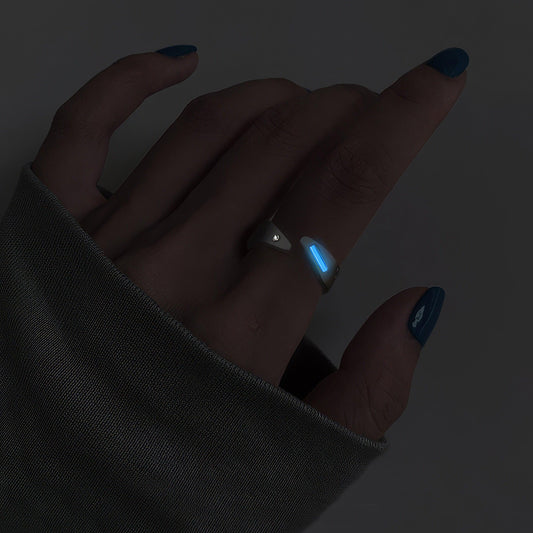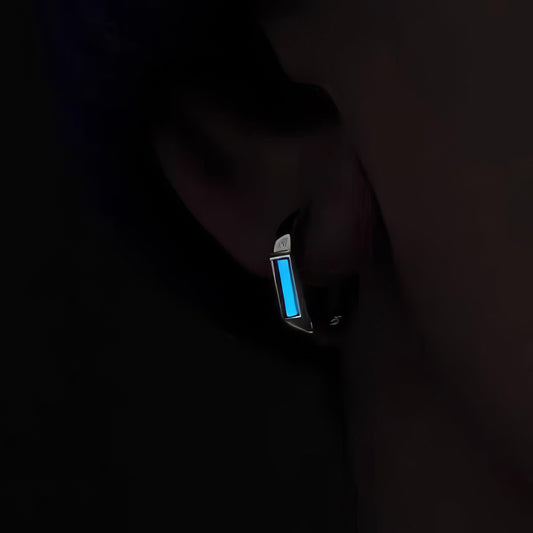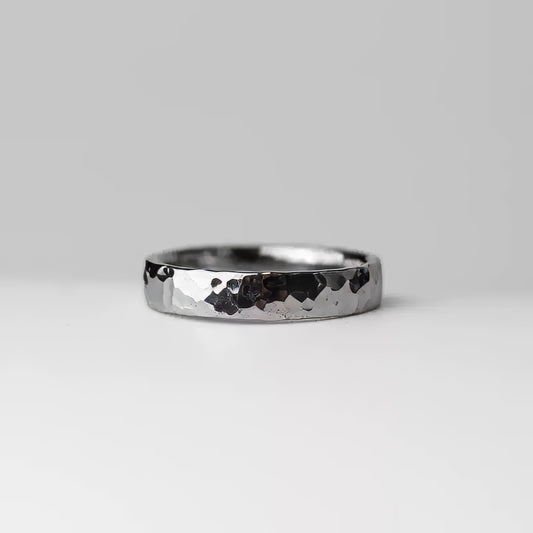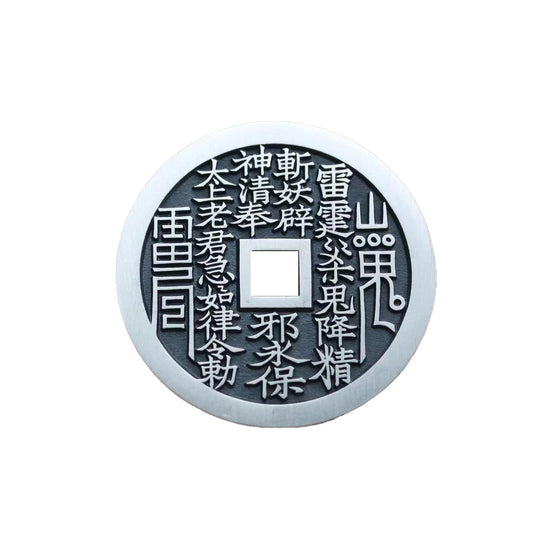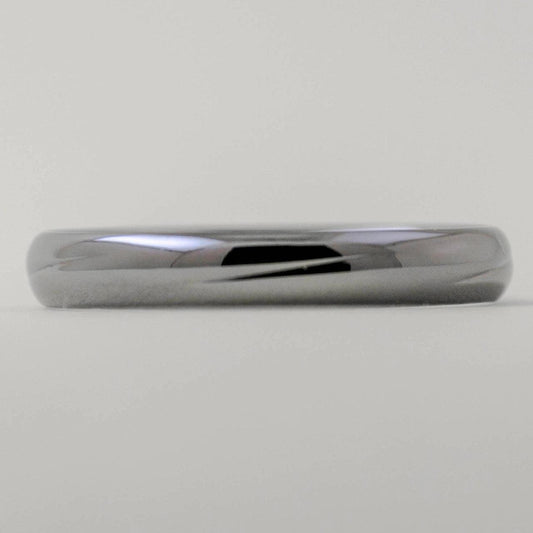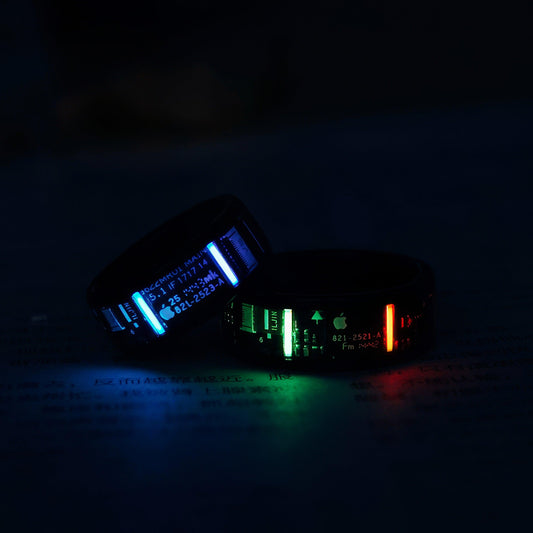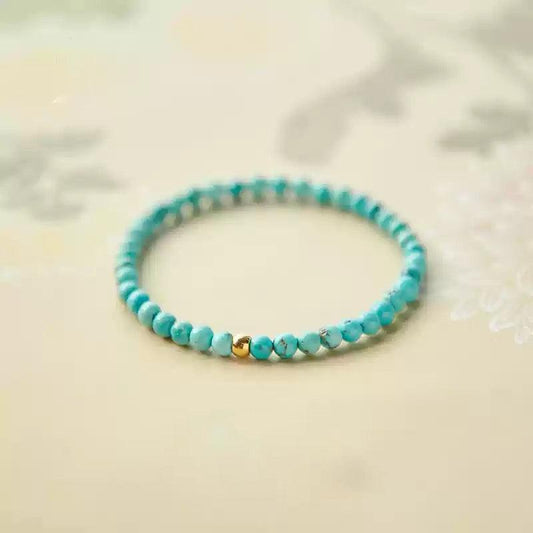Understanding Wedding Ring Dimensions The Small Details with Big Impacts
Understanding Wedding Ring Dimensions The Small Details with Big Impacts
I've always been a firm believer that the devil is in the details—especially when it comes to wedding planning. Amidst the chaos of choosing between a garden or a beach venue, or whether Aunt Marge should be seated closer to Uncle Bob (despite their ongoing feud), one of the particulars that often gets less attention is the dimensions of the wedding ring. It might sound trivial, but getting this right can mean the difference between a ring that spends its life in a jewelry box and one that glides seamlessly into daily wear.
When I was choosing my own wedding ring, my husband and I spent an entire afternoon at a cozy little jeweler that seemed to have more stories in its walls than jewelry in its cases. The jeweler, an elderly gentleman with thick glasses and a hint of a European accent, shared a piece of wisdom that stuck with me. He said, “A good marriage is a circle, and your ring should reflect that—a perfect fit, with no beginnings or ends.” This idea resonated not just metaphorically but also practically. A ring’s dimensions—its width, thickness, and diameter—impact comfort and functionality in ways I hadn’t anticipated.
First, there's the width of the ring, which is typically measured in millimeters. While a slender 2mm band can be dainty and subtle, a wider band around 6mm or more can make a bold statement. This decision is not just about aesthetics; wider bands often mean more metal, which can translate to a sturdier ring. However, someone with smaller fingers might find a wider band cumbersome. I remember trying on a 7mm band that looked stunning in the case but felt as if I had strapped a small surfboard on my finger.
Then there’s the thickness, which refers to the height of the ring from your finger. A thicker band can provide durability and a substantial feel, which is why it's popular for men's rings. It was amusing to watch my husband, with his effortless style, discover that a chunkier band was more his speed—he liked that it didn't get lost next to his wristwatch. But for those with an active lifestyle, a ring that sits lower on the finger can prevent snagging and scratching.
Of course, there’s the internal diameter of the ring, which dictates size. Interestingly, it’s not just about the circumference. Fingers can swell or shrink due to temperature, activity, or even the time of day. On an unseasonably warm spring afternoon, my fingers swelled so much that the sample ring became a stubborn reminder of why we need to consider these fluctuations. The jeweler grinned knowingly, suggesting a visit in the morning when fingers are generally at their smallest.
Aside from practical considerations, the dimensions of a ring can carry cultural significance. In some European traditions, for example, wider bands symbolize strength and unity. Meanwhile, in many modern Western customs, a sleeker ring aligns with minimalist trends. There’s something deeply personal about aligning these cultural elements with personal preference.
In the end, choosing the dimensions of a wedding ring is part practical decision, part emotional one. It’s about finding a balance that, like a good marriage, feels just right. So when you’re standing there, watching your beloved slide a ring onto your finger, it won’t feel just like another piece of jewelry—it’ll be the perfect fit, in every sense of the word.
